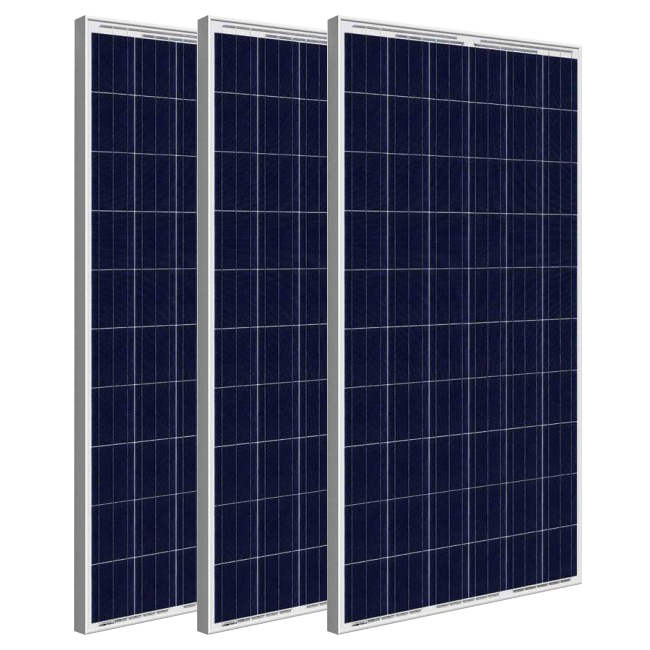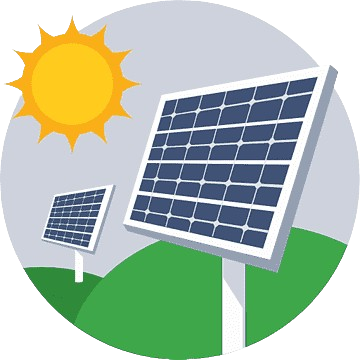Email Drip Funnels That Sell Solar: A Complete Guide
Sep 10, 2025
12 mins read
When it comes to selling solar, most companies face the same challenge: turning curious homeowners into paying customers. Cold calls and random ads are not enough anymore. What actually works?
👉 Email drip funnels.
An email drip funnel nurtures leads step by step, answering their questions, building trust, and guiding them toward a purchase.
Business
Email Drip Funnels That Sell Solar: A Complete Guide
When it comes to selling solar, most companies face the same challenge: turning curious homeowners into paying customers. Cold calls and random ads are not enough anymore. What actually works? 👉 Email drip funnels. An email drip funnel nurtures leads step by step, answering their questions, building trust, and guiding them toward a purchase. Done right, it’s like having a 24/7 salesperson working for your solar business.
What Is an Email Drip Funnel?
An email drip funnel is a series of automated emails that go out to a lead over days or weeks. Each email has a purpose:
- Educate about solar benefits
- Overcome objections
- Share success stories
- Build urgency
- Guide them toward booking a consultation
Instead of one hard sales pitch, you drip helpful and persuasive information until the lead is ready to buy.
Why Solar Businesses Need Drip Funnels
- Long decision-making process: Homeowners take weeks (sometimes months) to decide on solar. A drip campaign keeps you in front of them.
- Builds authority & trust: With the right content, you position your brand as the expert.
- Works on autopilot: Once set up, emails run automatically for every new lead.
5 Stages of a High-Converting Solar Email Funnel
1. The Welcome Email (Day 1)
- Thank the lead for showing interest.
- Introduce your company and mission.
- Give them a “quick win”—like a free solar savings calculator or eBook.
Goal: Make a strong first impression.
2. Education Emails (Days 2–5)
- Explain how solar saves money on bills.
- Talk about tax credits and incentives.
- Address common objections like cost, reliability, or maintenance.
Goal: Overcome doubts and position solar as a smart investment.
3. Social Proof & Case Studies (Days 6–8)
- Share a real customer story.
- Show before/after electricity bills.
- Include testimonials with photos.
Goal: Show that “people like me” are already benefiting.
4. Objection Handling (Days 9–12)
- Tackle concerns: financing, warranties, and panel efficiency.
- Break down the cost vs. lifetime savings.
- Add FAQs with short, reassuring answers.
Goal: Remove barriers that stop them from booking.
5. Strong Call-to-Action (Day 13–15)
- Limited-time offers (free consultation, discount, or bonus).
- Clear instructions: “Click here to schedule your solar assessment.”
- Add urgency with deadlines.
Goal: Convert them into a booked appointment.
Bonus Tips for Solar Email Funnels
- Segment your list: different emails for homeowners, businesses, and referrals.
- Use visuals: Show panels, savings graphs, or short videos.
- Keep it mobile-friendly: Most people read emails on their phones.
- Track results: Monitor open rates, clicks, and conversions.
Final Thoughts
Selling solar is not about one-time persuasion—it’s about guiding leads through an informed journey. An email drip funnel educates, builds trust, and nudges them toward taking action. If you’re serious about scaling your solar business, don’t rely only on ads. Build a smart email funnel today, and let automation do the heavy lifting while you close more deals.

